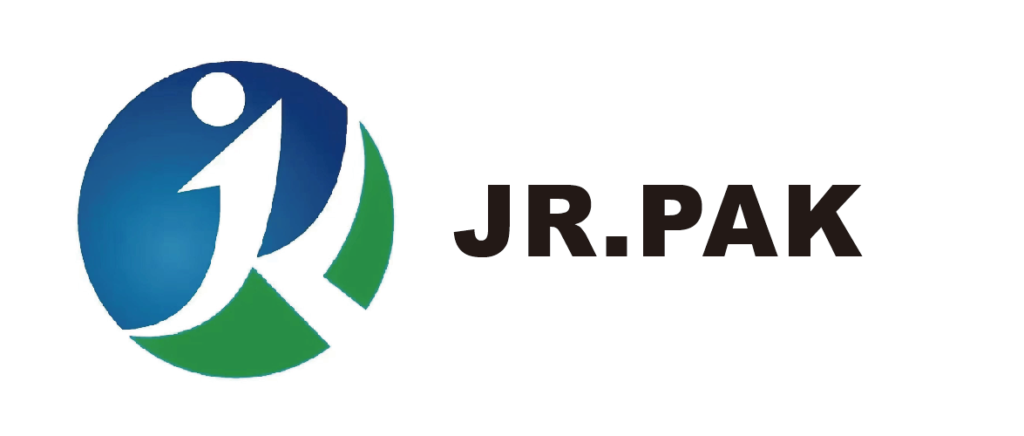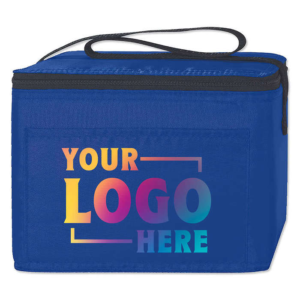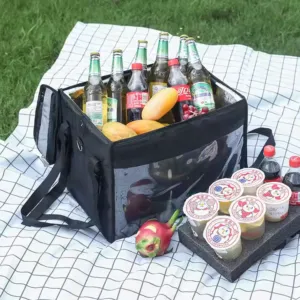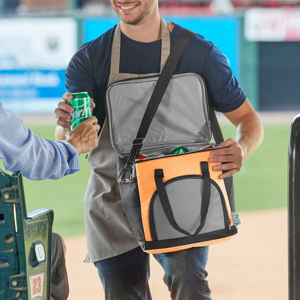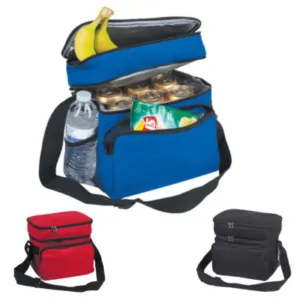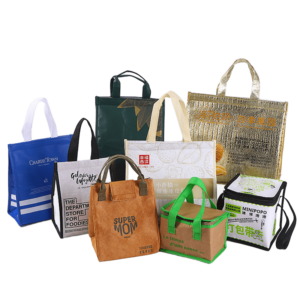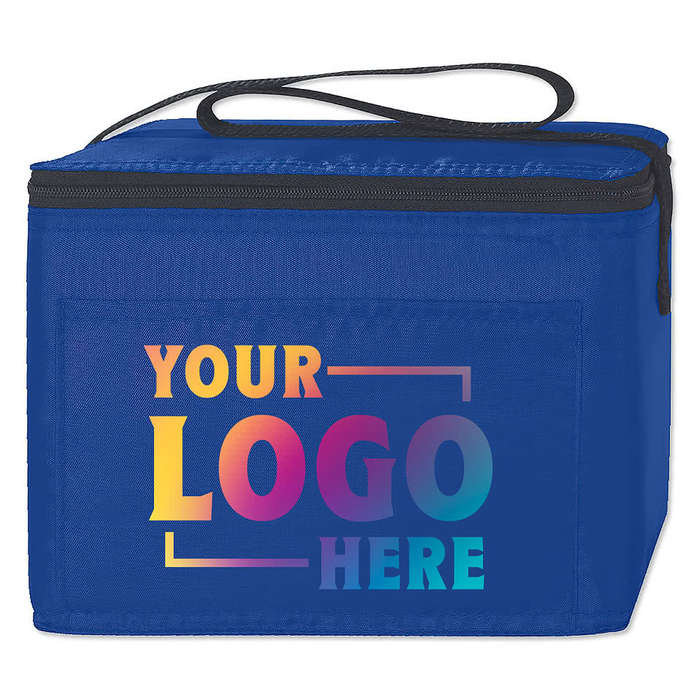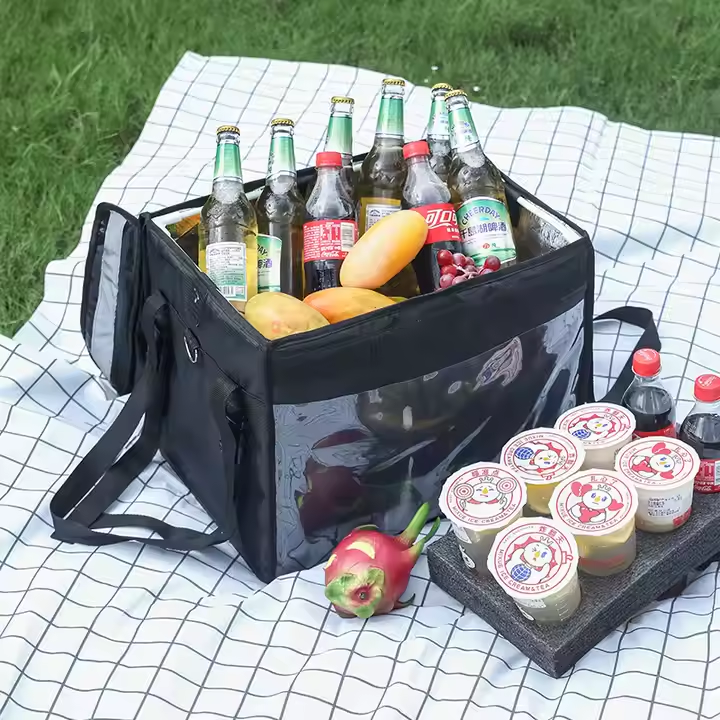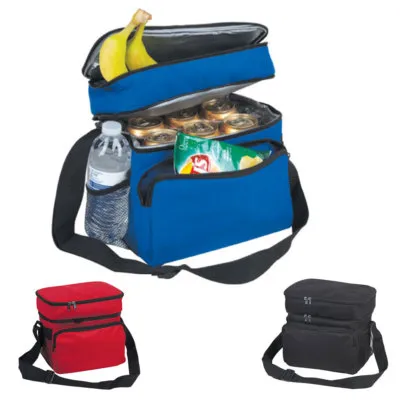As e-commerce grows, the demand for eco-friendly, cost-efficient, and brandable packaging solutions increases. This article explores how non-woven bags meet these demands, offering both practical and promotional advantages for online retailers.
Non-woven bags offer sustainable, durable, customizable, and cost-effective packaging solutions for e-commerce businesses aiming to reduce waste and increase brand appeal.
See how switching to non-woven bags can enhance your fulfillment strategy and environmental footprint.
Eco-Friendly and Sustainable
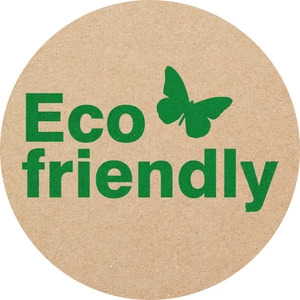
Dive-Deeper:
Sustainability as a Competitive Advantage
Modern consumers favor brands that prioritize the environment. Non-woven bags are made from recyclable polypropylene (PP), which offers an eco-friendly alternative to single-use plastic.
Environmental Impact Comparison
| Material Type | Recyclable | Degradable | Reusability Count |
|---|---|---|---|
| Plastic bags | Rarely | No | 1–2 uses |
| Paper bags | Yes | Yes | 1–3 uses |
| Non-woven PP bags | Yes | Partially | 30–50 uses |
Non-woven bags help businesses meet green packaging mandates and improve their sustainability ratings. This supports CSR goals and creates a positive impression with environmentally conscious buyers.
Durability and Reusability
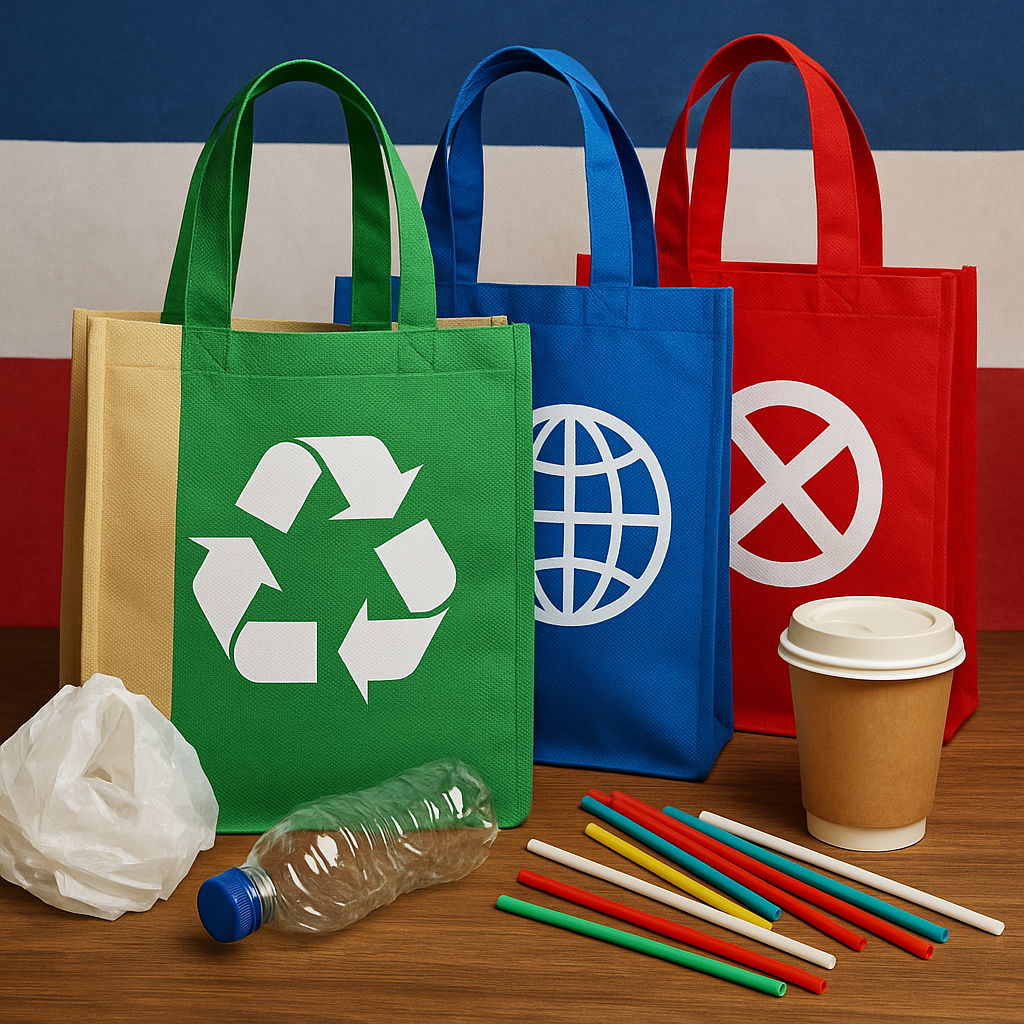
Dive-Deeper:
Strength That Serves Repeatedly
E-commerce packaging must handle diverse products and shipping conditions. Non-woven bags typically support 10–25 kg, resist tearing, and protect contents effectively.
Performance Metrics
| Feature | Description |
|---|---|
| Weight-bearing capacity | Up to 25 kg |
| Lifespan (avg. reuse) | 30–50 uses |
| Resistance | Tear, abrasion, and puncture |
Customers are more likely to retain and reuse strong bags, turning packaging into a brand touchpoint that outlives the initial purchase. This contributes to loyalty and word-of-mouth marketing.
Cost-Effectiveness
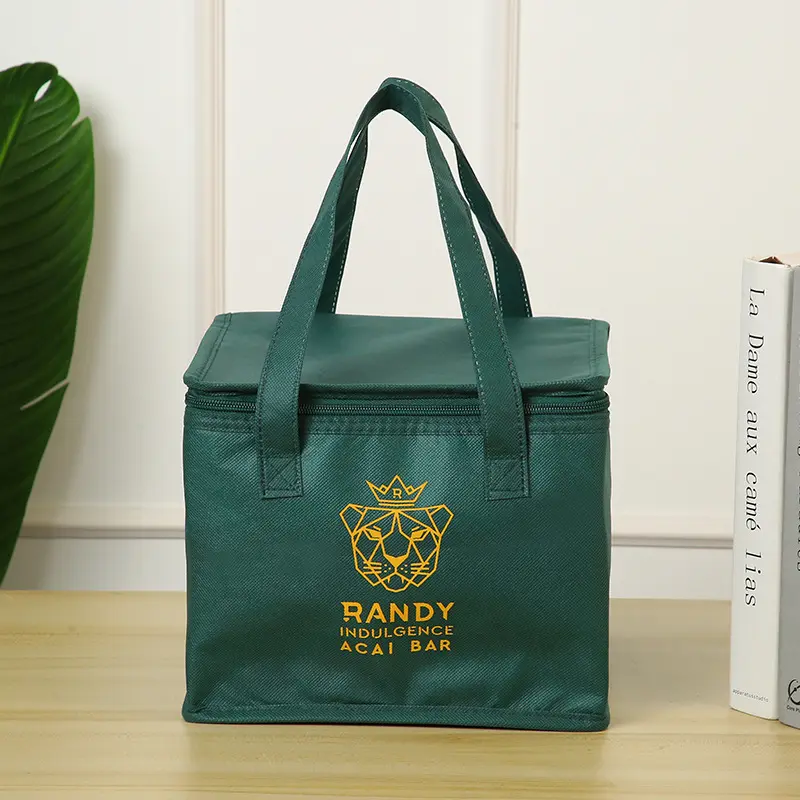
Dive-Deeper:
Budget-Friendly Sustainability
Non-woven bags offer a balance of durability and affordability. Their low unit cost and shipping-friendly weight make them cost-efficient for high-volume e-commerce orders.
Cost Comparison (per 1,000 units)
| Material | Avg. Cost | Shipping Weight | Total Cost Impact |
|---|---|---|---|
| Plastic | Low | Light | Environmental fees may apply |
| Paper | Medium | Heavy | Higher shipping cost |
| Non-woven PP | Low-Medium | Light | Long-term savings via reuse |
Their reusability reduces the need for constant restocking and waste disposal, which can save money in fulfillment operations and waste management.
Customization and Branding Opportunities
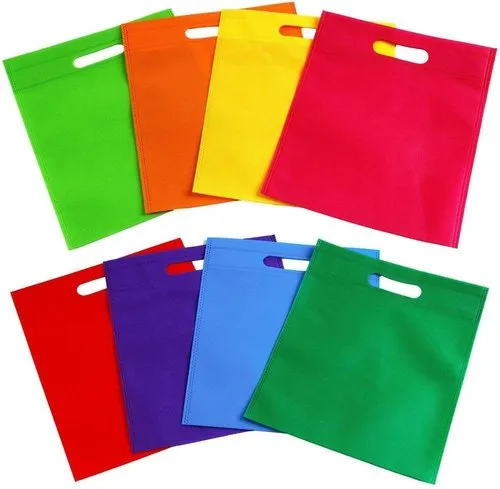
Dive-Deeper:
Packaging as Promotion
Non-woven bags can be printed with vivid logos, brand colors, slogans, and QR codes. This converts them into mobile advertisements that spread brand visibility as customers reuse them in daily life.
Customization Options
| Option | Benefit |
|---|---|
| Multi-color printing | Eye-catching and brand-consistent |
| Custom sizing | Tailored fit for product categories |
| Seasonal design | Builds promotional relevance |
These bags support marketing goals by reinforcing brand identity post-purchase. Branded bags that look premium also enhance perceived product value and professionalism.
Conclusion
Non-woven bags are a powerful tool in e-commerce fulfillment. They help businesses reduce waste, save on costs, and promote their brand sustainably. Many clients have switched to non-woven bags and reported better customer feedback and higher repeat purchase rates. If your business values efficiency and responsibility, consider making the change today.
Have you tried using non-woven bags in your packaging? Let us know your experience in the comments below!
